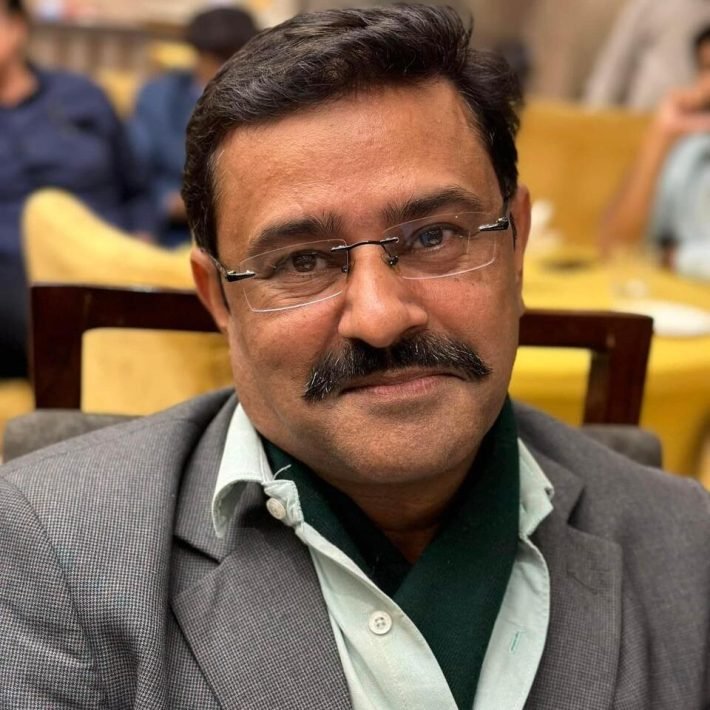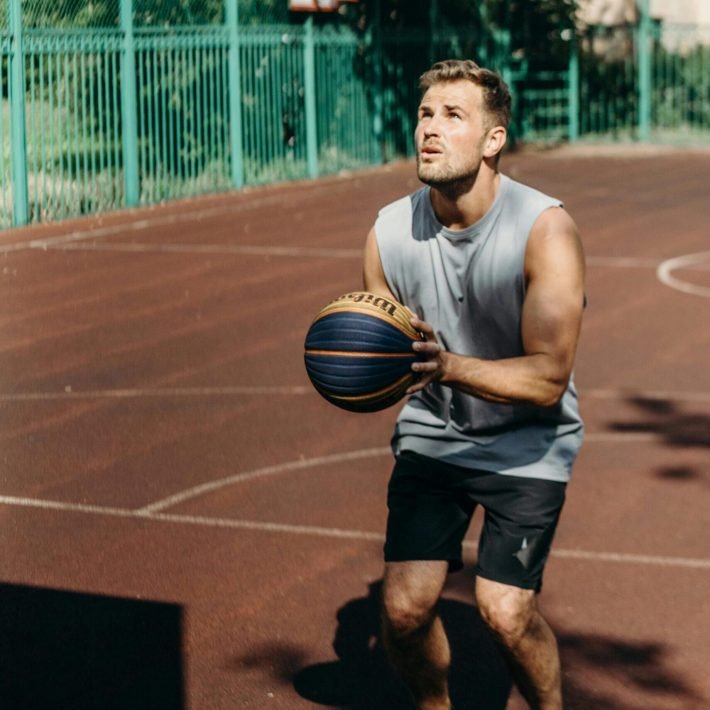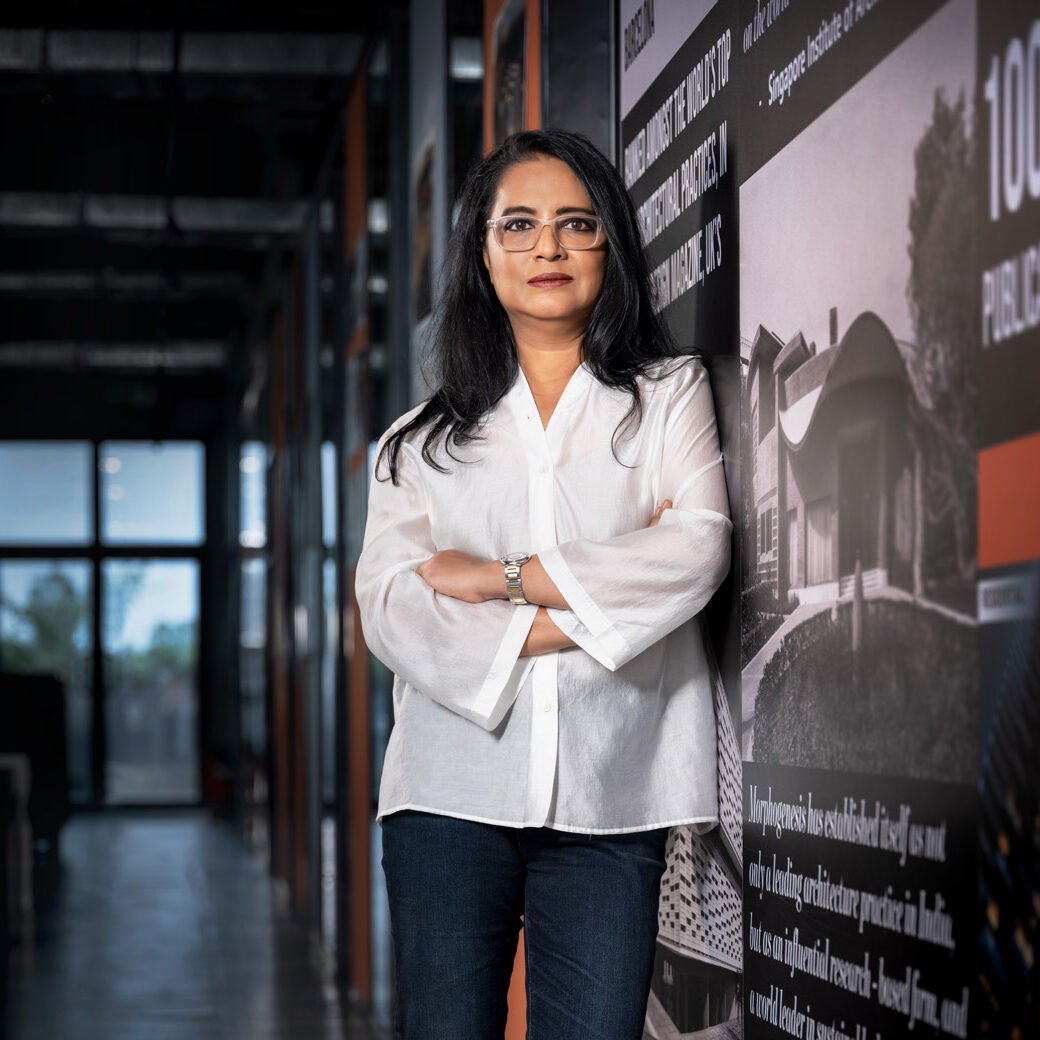Orthopaedic specialist Dr. Abhishek Arun Nerurkar points out why young people need to prioritise bone health.
Bone is one of the most dynamic organs in the human body, and bone health is essential to maintain mobility as we grow older. Our bones are rapidly undergoing turnover, by means of new bone formation and resorption, and as a result, we can modulate the dynamics of bone metabolism to strengthen them. A growing concern is the increasing cases of poor bone health in young patients.
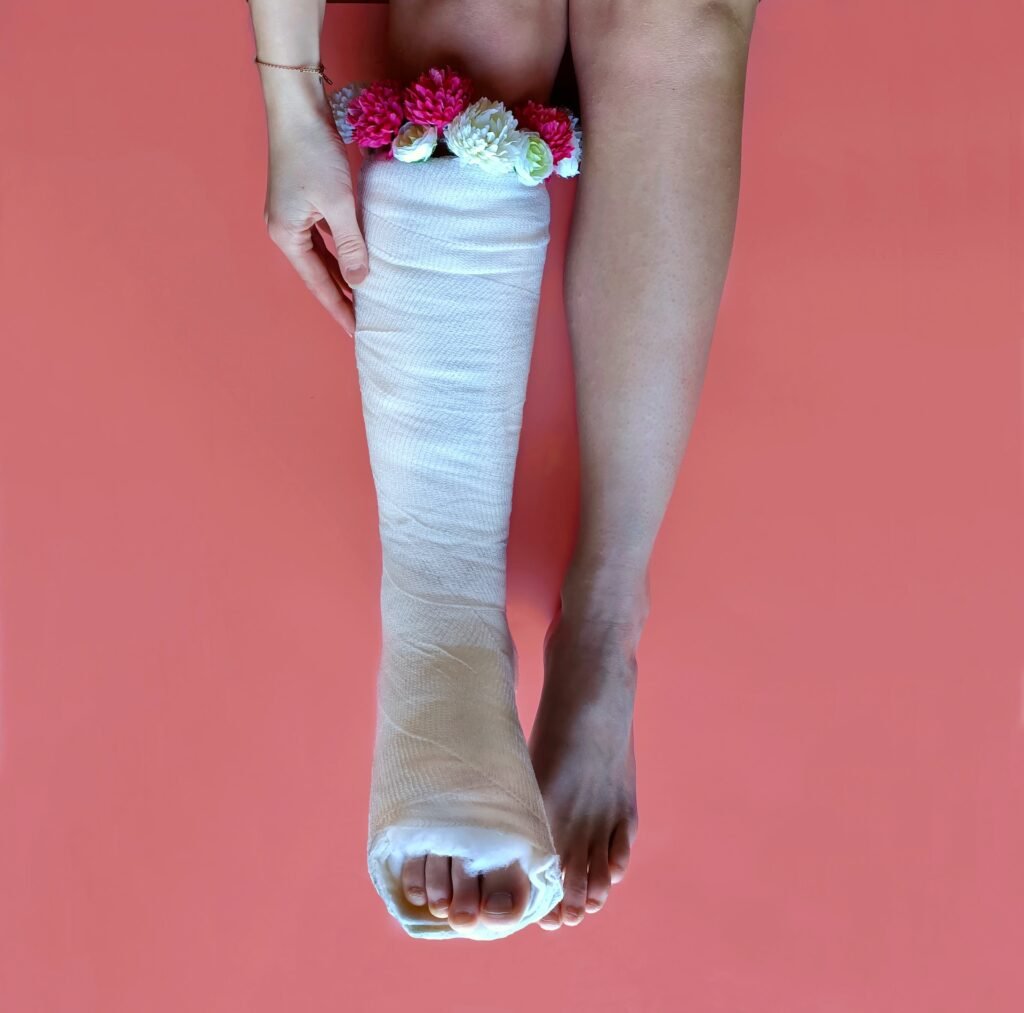
Poor bone health is not an old-person problem
Bone density usually reduces with age and in post-menopausal women due to hormonal changes. However, it is unfortunate that nowadays we have many young patients also turning up with low bone mineral density. The most common causes for this are lack of exposure to sunlight, unhealthy lifestyles, lack of exercise and use of steroids. Reduction in bone density can lead to chronic body pain and may also cause fragility fractures. These fractures occur in weak bones with minimal trauma – which in normal circumstances could have been avoided. Fragility fractures are difficult to treat due to their poor bone stock, complex and unusual fracture patterns and inherent problems in bone healing; and they have now become a burden for the healthcare system.
Don’t ignore your bones
Treating low bone density begins with lifestyle changes. Start with active exposure to sunlight to stimulate the production of vitamin D. Most often, this may not be enough and hence it is better to get the levels checked to decide whether you need to take vitamin D supplements.
Exercise comes next. It gives positive feedback to the musculoskeletal system, resulting in positive bone modulation and muscle formation which offers dynamic support to the joints as well. You can do a combination of yoga, gym exercises and physiotherapy to achieve good strength and flexibility. Brisk walking and jogging should be incorporated as a part of your routine to help maintain stamina.
Get the help you need
There are various ways in which we can check the strength of the bone. The most common and precise measure to check bone strength is the Bone Mineral Density test (BMD). Bone Density can be measured with a CT scan which is extremely accurate and gives us detailed volumetric analysis. But routinely, the BMD – DEXA scan, which is an X-ray-based investigation, is preferred. It gives us sufficient information to treat the problems due to bone density. DEXA scan gives us exact values of bone strength in hips, spine and forearm. This value is compared with values of a normal young adult and there is an age-matched score as well. Once you have the exact values, the appropriate treatment can be initiated. DEXA is repeated after six months to two years, depending on the severity of the initial problem to see the effectiveness of the treatment.
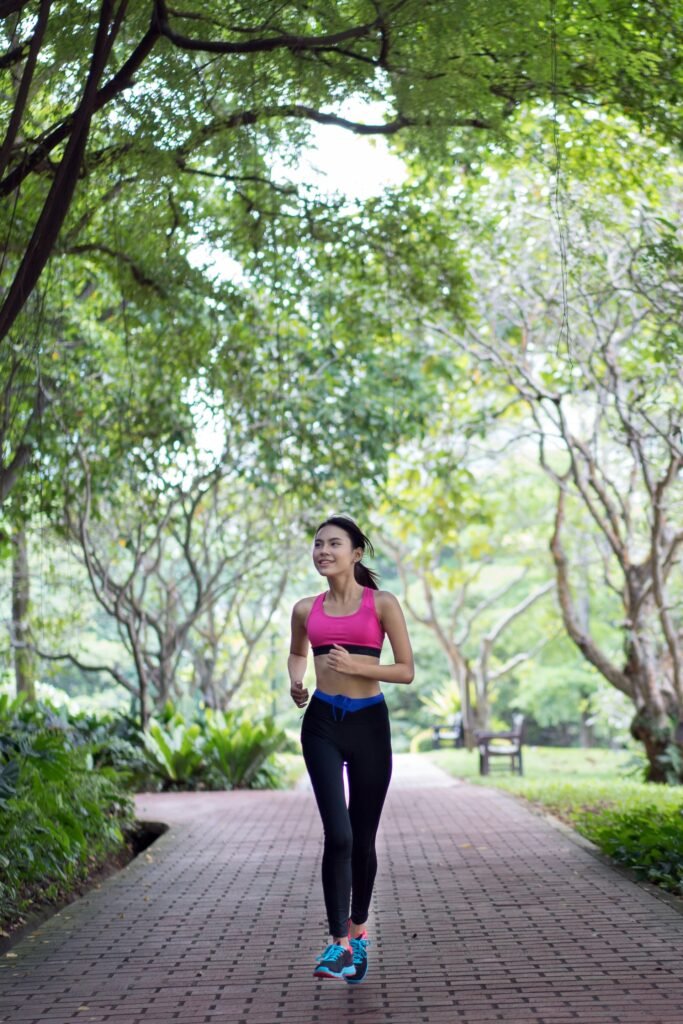
Irrespective of age, if your bone density is extremely low, you will need medication to improve. This usually comes in two forms, to aid new bone formation and to reduce bone degradation.
If you have any concerns, it is vital that you visit your doctor to get a personalised management plan for your bone health. Good bone density will ensure that you have good, painless mobility and you live an active, healthy life.




